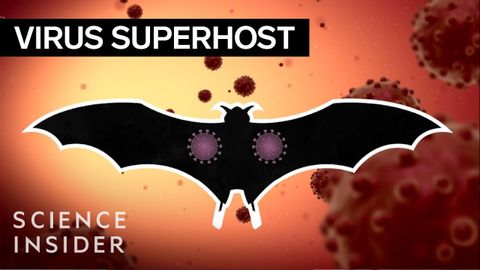為什麼蝙蝠能抵禦這麼多病毒? (Why Bats Can Fight Off So Many Viruses)
 沒有此條件下的單字
沒有此條件下的單字US /ˈvʌlnərəbəl/
・
UK /ˈvʌlnərəbl/
- adj.脆弱的;易受攻擊的;易受傷的;脆弱的;易受影響的;需要特別照顧的;易受批評的;(橋牌中)易受攻的
US /ɪˈmjoon/
・
UK /ɪˈmju:n/
US /ˈtrɪɡɚ/
・
UK /'trɪɡə(r)/
- n.板機;觸發器;起動裝置;觸發事件;觸發物 (心理學);觸發器 (電子學);觸發器 (計算機);釋放器 (釣魚)
- v.t.觸發;觸發;引發反射動作
US /ˈbesɪkəli,-kli/
・
UK /ˈbeɪsɪkli/
